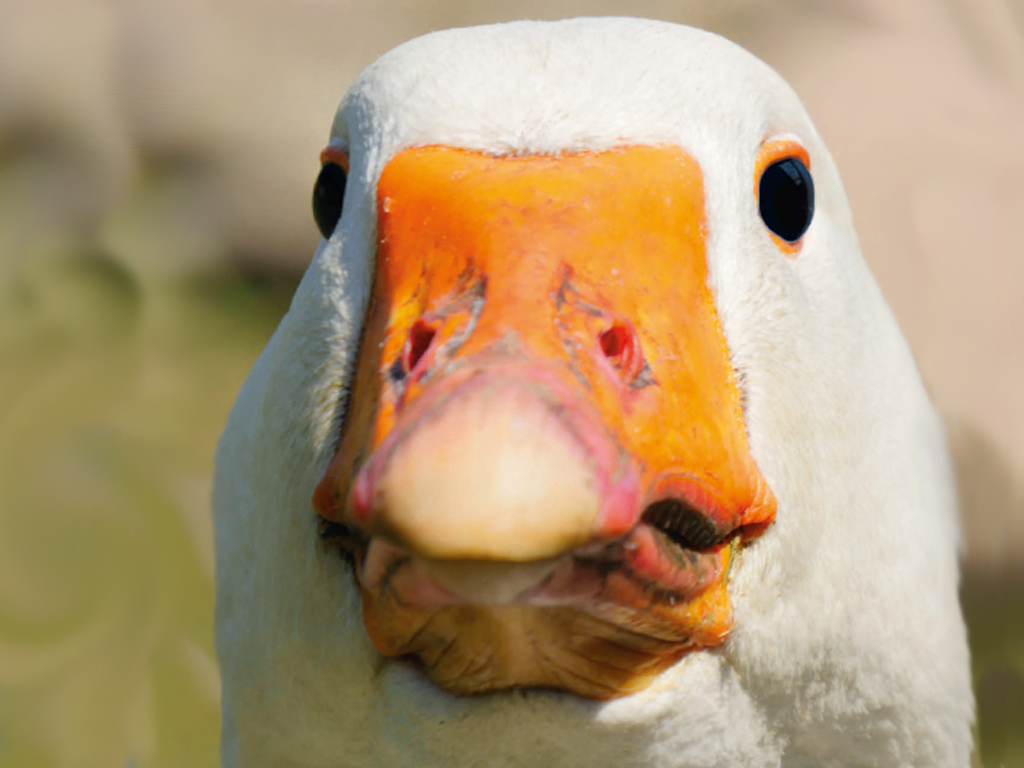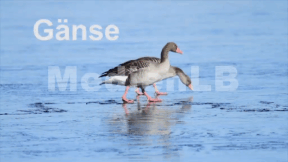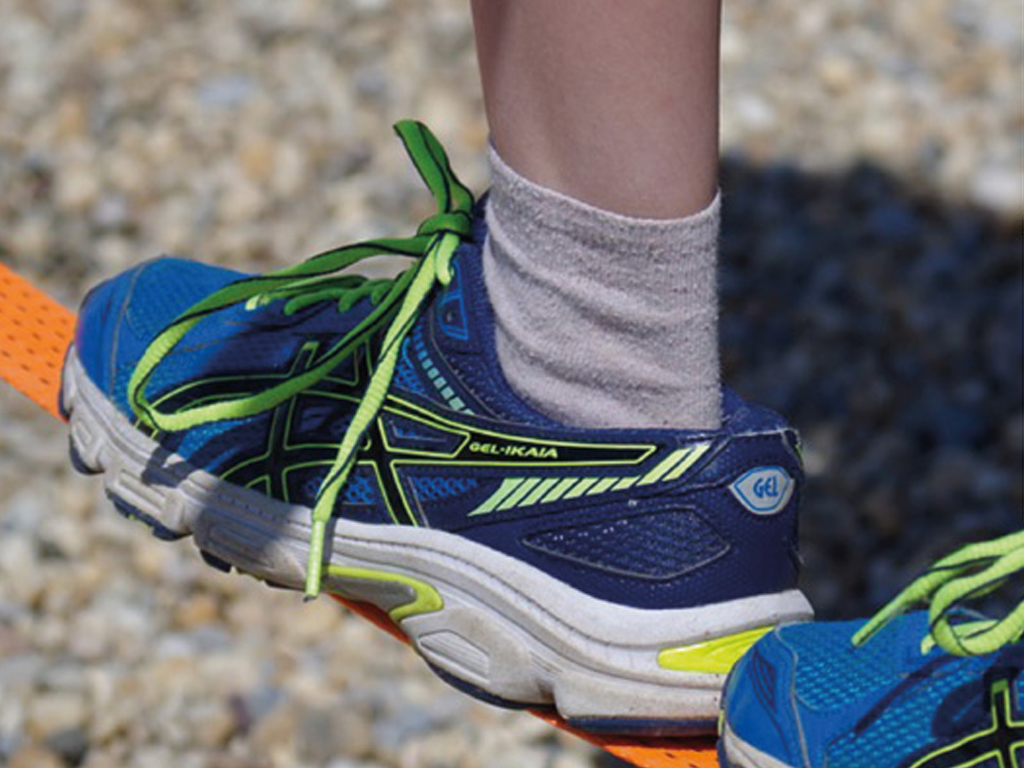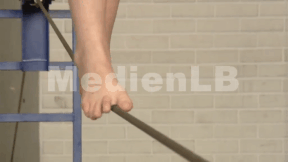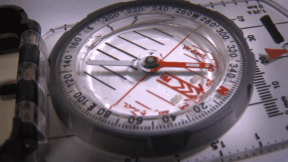

55503367
Der Maulwurf
Für den Unterrichtempfohlen
Das Medium bietet H5P-Aufgaben an, die ohne zusätzliche Software verwendbar sind.
Durch interaktive Aufgabentypen wird das audiovisuelle und interaktive Lernen einfach.
Lernen macht jetzt Spaß!

Included Tasks
- I Der Maulwurf - Einführung - Aufgabe mit Text
- II Der Maulwurf - Aussehen und Körperbau - Aufgabe mit Video
- III Der Maulwurf - Verbreitung und Lebensraum - Aufgabe mit Video
- IV Der Maulwurf - Die Arbeit des Maulwurfs - Aufgabe mit Video
- V Der Maulwurf - Die Ernährung - Aufgabe mit Video
- VI Der Maulwurf - Fortpflanzung und Aufzucht - Aufgabe mit Video
- VII Der Maulwurf - Finde die Wörter
- VIII Der Maulwurf - Finde die Bildpaare
- IX Der Maulwurf - Die Feinde und Bedrohungen - Aufgabe mit Video
- X Der Maulwurf - Finde die Wörter (Verschiedenes) - Teil II




